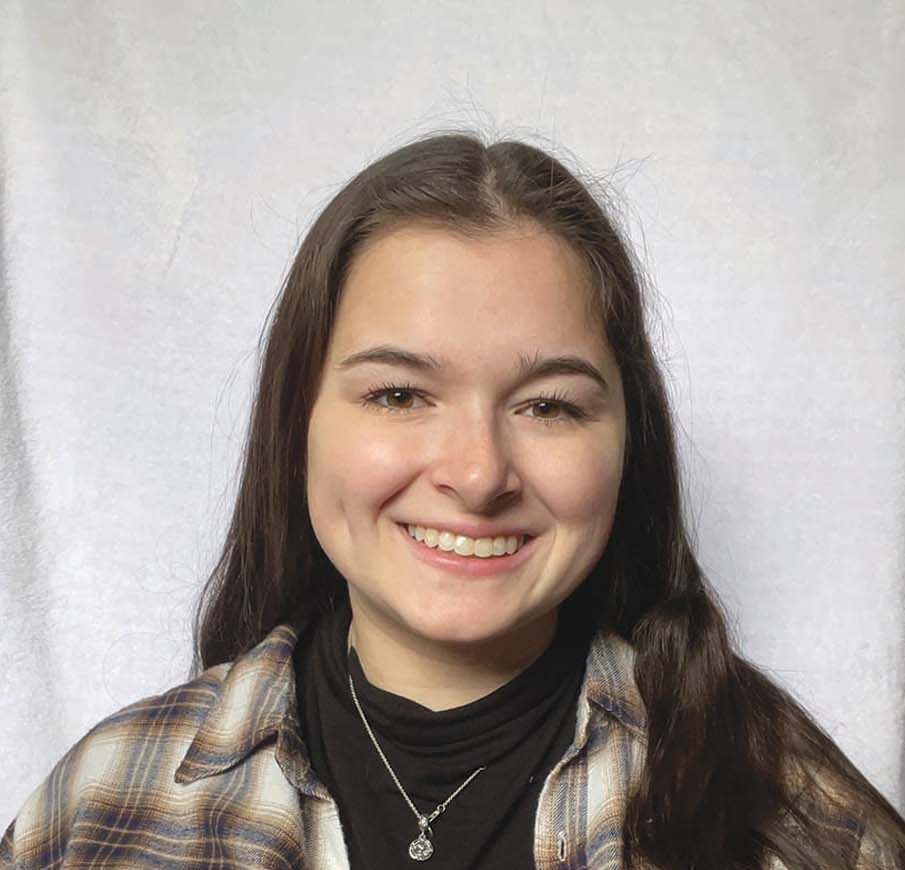Saskatchewan Agriculture started a forage fertilizer research project through the Agricultural Demonstrations of Practices and Technology (ADOPT) program in 2020, which has carried over into 2021.
This research is looking at the 4Rs of fertilizer — right source, right rate, right time, and right placement — and it focuses primarily on the right source of nitrogen. The researchers used four types of treatments.
“For control, we had a blend, so it was nitrogen, phosphorus, and sulfur, none of them needed the potash or the potassium,” Catherine Lang, a livestock and feed extension specialist with Saskatchewan Agriculture, said at a 2021 forage pasture tour.
Read Also

Rural Manitoba resources slim on natural disaster planning
A study from Brandon University’s Rural Development Institute has found that many rural and small municipalities don’t have the staff or resources to make formal climate plans against natural disaster.
“And one was just bare urea. One was urea treated with a urease inhibitor. And then one was urea treated with a dual product that was a urease inhibitor and a denitrification inhibitor. So a urease inhibitor stops or helps prevent volatilization, which is the gassing off of nitrogen in the ammonia form. And a denitrification inhibitor does the same thing with the volatilization, except it’s nitrogen losses, nitrate or nitrite.”
For the study, the researchers selected established hay fields, carried out soil tests and then started trials with the four different treatments.
In 2020, they had three sites: Outlook, Plunkett and Parkbeg. This year the sites are in Moose Jaw, Aneroid, and Spiritwood.
However, the dry weather has affected the trials.
“Last year, the average across all of our sites was five and a half inches of rain, the highest being five and three quarters and the lowest being five,” said Lang.
“So hardly any rain at all.
“This year… Moose Jaw had five inches, Aneroid had three and a half inches and Spiritwood had seven inches. So not a lot of rain to get a really good response.”
From 2020, Plunkett and Outlook seemed to respond well to the treatments. However, Parkbeg did not.
“The Parkbeg site did not receive a substantial amount of rain at once,” said Jennifer Heyden, also a livestock and feed extension specialist with Saskatchewan Agriculture.
“Although the cumulative rainfall was similar across sites, the Parkbeg site only received small drizzles rather than a soaking rain.”
Although they don’t have results from this year yet, they were able to report on 2020 results.
“We got 911 pounds per acre on the control and we got 2,152 with the products, so it literally doubled the yield,” Lang said.
“In Outlook, the same thing happened. It was 1,260 on the control, bumped up to 2,525 with the product. In Parkbeg, we did not have a very good response at all… there was a bit of a response, but not as much as we saw on the other two.”
Although they have new sites this year, two of the sites from last year — Outlook and Plunkett — carried over.
“We went back and took clippings and it does look like there is a response going into the second year,” Lang said.
However, she said they don’t have full results yet.
After the trials, researchers calculated the economics based on the fertilizer cost, the additional cost of additive (the urease inhibitor or the urease inhibitor and the denitrification inhibitor), and the spreading cost.
In the end, they determined that in Plunkett, it cost six cents per extra pound on the bare urea, compared to the control trial with no added fertilizer, nine cents per extra pound on the urease inhibitor, and three cents per pound on the dual product.
In Parkbeg, it costs 32 cents per extra pound on the bare urea,12 cents per extra pound on the urease inhibitor and 11 cents per pound on the dual.
“So last year, there was nowhere that you could buy hay for three cents a pound,” Lang said of the Plunkett trial. “So we would say that that definitely showed its worth.”
Heyden said producers will have to determine if this practice is suitable for them.
“While the cost of fertilizer can vary greatly year to year and rain is required, the increased yield of perennial forage stands may make it worthwhile,” she said. “If it doesn’t make economic sense to fertilize an existing perennial forage stand, it may be more beneficial to take that stand out of production and re-establish it instead. Take all factors into consideration when evaluating your land base.”
Lang said so far for the 2021 trials, they have seen some differences, and are hoping to see more with yield.
“In all three of the trials, we have seen a positive response from the fertilizer application, and that’s just visual — looking at it. It looks healthier, greener, less ground coverage than the control,” she said.
Lang said the research should be published in December or January.
















